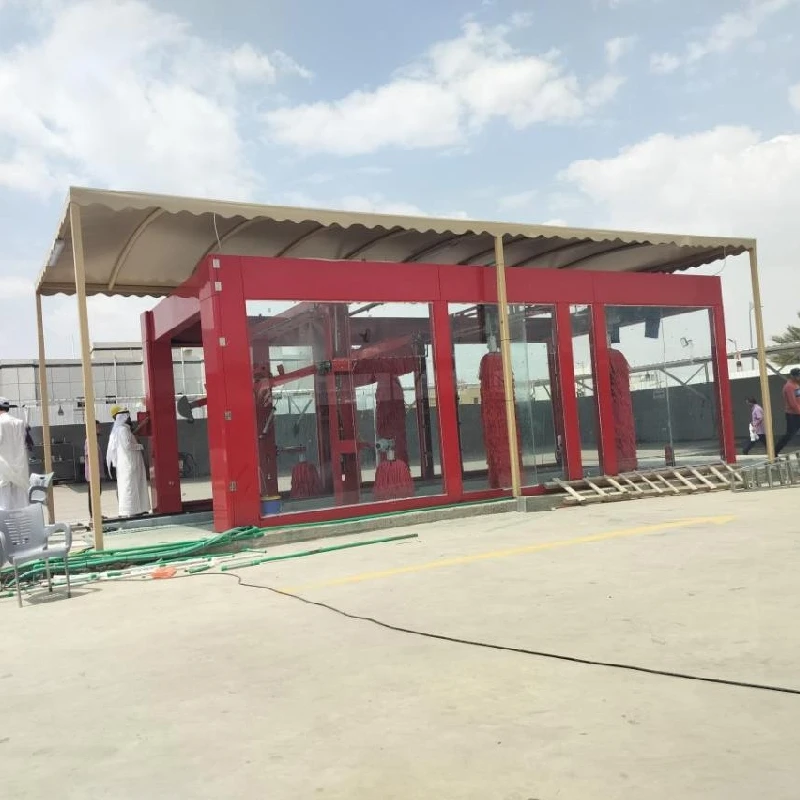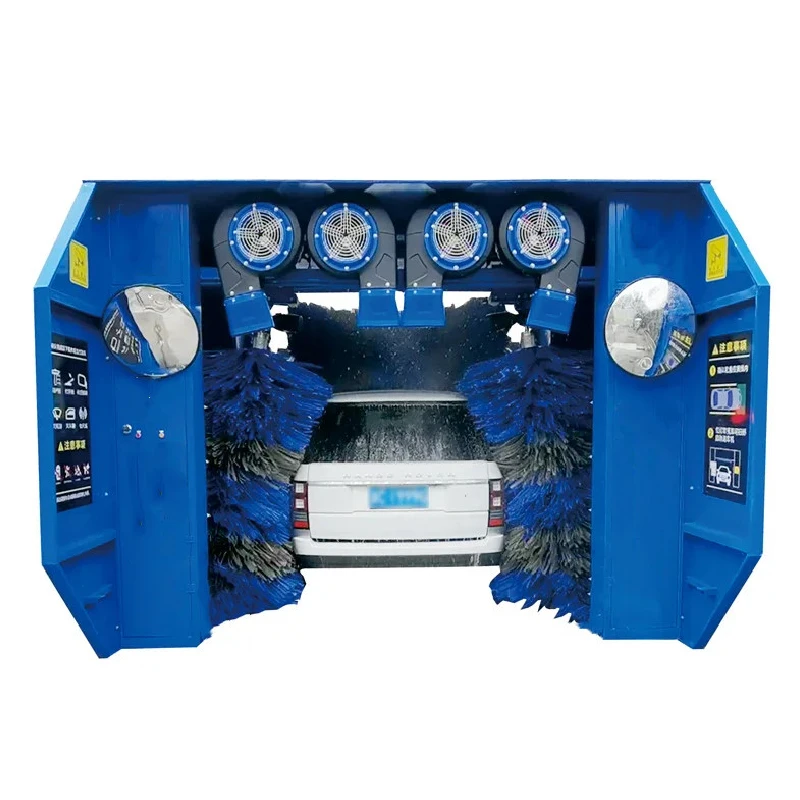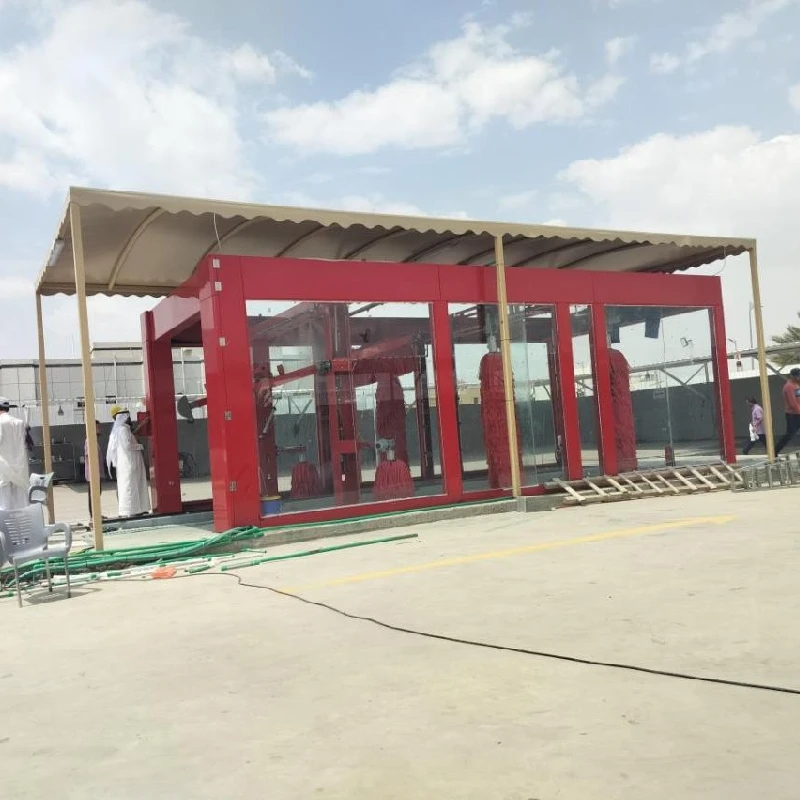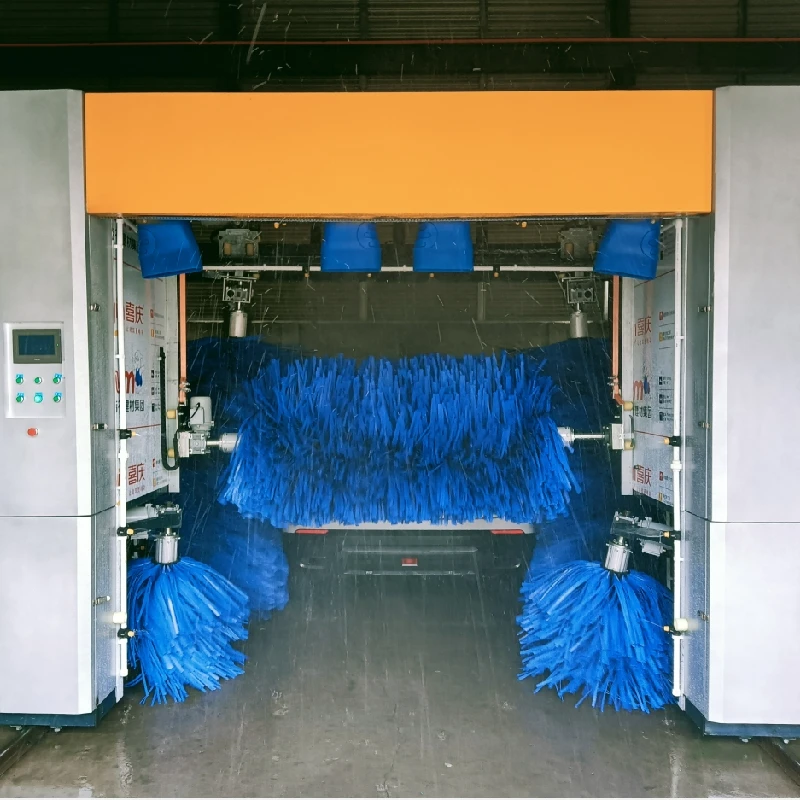Car Wash Tunnel Design | Custom, Efficient, Profitable
The Real-World Playbook for a Tunnel Car Wash That Prints Clean Cars
If you’re planning a serious Car Wash Tunnel Design project, here’s the insider’s blueprint I wish more owners had before they poured a slab or signed a lease. I’ve toured plenty of sites, from scrappy highway installs to gleaming urban tunnels. Some were beautiful; a few… less so. The difference is usually engineering discipline, not luck.
Industry snapshot (and what’s actually changing)
Two trends rule: corrosion-proof structures and software-driven throughput. Galvanized profiles plus powder-coated finishes are now the baseline. Smart PLCs keep the line moving when reality throws curveballs—mud, mirrors, roof racks. And yes, reclaimed water systems are no longer optional in many markets.

What the DY-QC-9 brings to the bay
The DY-QC-9 tunnel system is built in Xingtai, Hebei (27Retail Sales, East Of Fuxin Road, Qiaoxi Area). It uses national-standard galvanized steel profiles and plates, CNC machining, then welding/forming, hot-dip galvanizing, and finally powder spraying with high-temperature melt. That layered approach—metal prep → zinc protection → baked coating—has become the industry’s “no regrets” stack.
Typical process flow (nuts and bolts)
- Materials: galvanized steel profiles, corrosion-resistant fasteners, PE/PP plumbing, PLC control cabinet (IP-rated).
- Methods: CNC cutting, MIG/TIG welding, hot-dip galvanizing, powder coating (≈180–200°C cure), UL/CE-grade electrical assembly.
- Testing: salt-spray to ASTM B117 (often 500–1000h), insulation resistance, IP checks for panels per IEC 60529, conveyor cycle testing (≈200k+ cycles, real-world may vary).
- Service life: ≈10–15 years with scheduled maintenance; coastal sites plan tighter intervals.
- Industries: retail express wash, dealer service lanes, rental fleets, municipal/utility light-duty fleets.
Specification highlights
| Parameter | DY-QC-9 (typical, ≈values) |
|---|---|
| Structure | Galvanized profiles + powder-coat, CNC fabricated |
| Throughput | ≈60–90 cars/hour (program-dependent) |
| Conveyor speed | ≈1.2–1.8 m/s, VFD-controlled |
| Water use | ≈60–120 L/car with reclaim; site-dependent |
| Dryers | 3–5 fans, ≈5–7.5 kW each |
| Controls | PLC + HMI, safety interlocks, e-stop network |
| Certifications | CE/ISO 9001 (vendor-declared; verify per region) |
| Origin | Xingtai, Hebei, China |
Note: exact figures depend on build, chemistry, and local power/water quality.
Vendor landscape (frankly, you have choices)
| Vendor | Strengths | Price (≈) | Lead Time | Certs/Standards |
|---|---|---|---|---|
| DY Car Washer (DY-QC-9) | Robust galvanizing + powder; value pricing | $$–$$$ | ≈6–12 weeks | ISO 9001, CE (confirm region) |
| WashTec (DE) | Global service network; advanced controls | $$$–$$$$ | ≈8–16 weeks | CE, ISO, extensive testing |
| Sonny’s (US) | Training ecosystem; parts availability | $$$–$$$$ | ≈6–14 weeks | UL panels, US codes |
Use cases, customization, and feedback
- High-volume express sites: prioritize conveyor speed, tri-foam arches, dual RO rinse, big dryers.
- Dealer/F&I: softer touch packages, gentler brush media, paint-safe chem dosing.
- Customization: bay length, brush count, drying kW, reclaim tanks, anti-freeze kits, cashier/POS links.
- Customers say noise matters; baffled dryers and smooth ramp VFDs reduce “jet roar,” oddly improving NPS.
Mini case study
A suburban operator swapped a tired in-bay system for DY-QC-9 hardware. After a 3-week retrofit and staff retraining, throughput rose from 28 to 72 cars/hour at peak; water per car dropped ≈35% using reclaim; chargebacks for mirror damage fell after PLC tweaks. “Drying finally keeps up with speed,” the GM told me—short, but telling.
Compliance, the unglamorous deal-breaker
Match your Car Wash Tunnel Design to standards: corrosion (ASTM B117, ISO 12944), electrical safety (UL/CE panels), ingress protection (IEC 60529), machinery safety (EU MD), and wastewater (EPA/locals). Ask for test data—salt spray hours, IP ratings, cycle counts. If a vendor hesitates, that’s your sign.
Car Wash Tunnel Design isn’t about pretty renderings. It’s the choreography of steel, chemistry, airflow, and uptime. Get those right—and yes, the revenue follows.
Authoritative citations
- ASTM B117 – Standard Practice for Operating Salt Spray (Fog) Apparatus
- ISO 12944 – Corrosion protection of steel structures by protective paint systems
- IEC 60529 – Degrees of protection (IP Code)
- EU Machinery Directive 2006/42/EC
- US EPA – Transportation Equipment Cleaning Effluent Guidelines
- ISO 9001 – Quality Management Systems
-
Car Wash Equipment – Durable, Efficient, Pro-Grade SystemsNewsNov.10,2025
-
automatic car washing machine price list: Fast ROI, Low CostNewsNov.10,2025
-
Car Wash Tunnel Design for High Throughput, ROI & UptimeNewsNov.10,2025
-
Car Wash Tunnel Design | High Throughput & Low MaintenanceNewsNov.10,2025
-
Automatic Car Washing Machine Price List - Fast ROINewsNov.10,2025
-
Car Wash Tunnel Design: High Throughput, Custom & DurableNewsOct.27,2025




